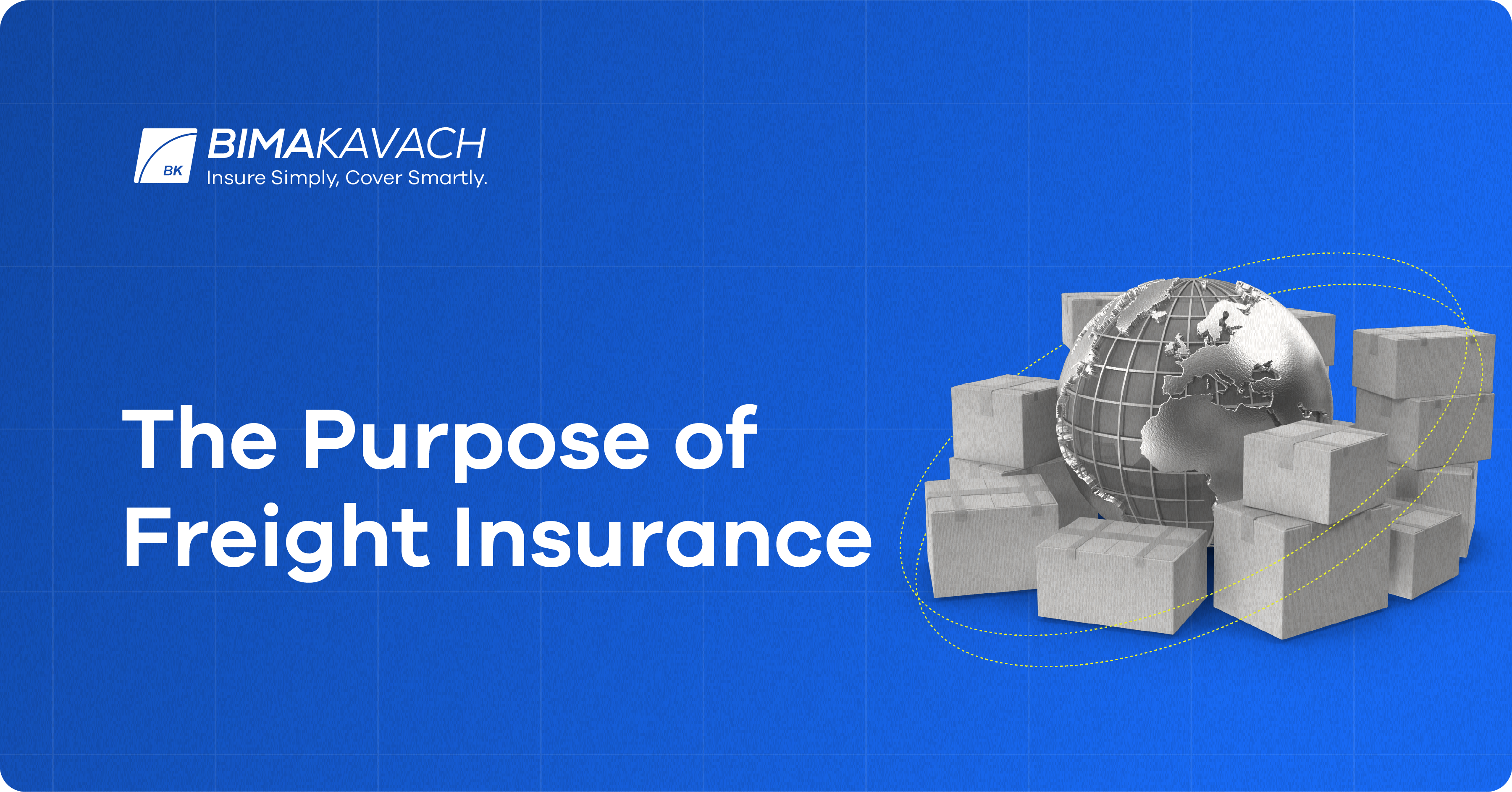Little Known Facts About Pacific Prime.
Little Known Facts About Pacific Prime.
Blog Article
Pacific Prime - An Overview
Table of ContentsPacific Prime - TruthsAll about Pacific PrimeGetting The Pacific Prime To WorkFacts About Pacific Prime UncoveredPacific Prime Things To Know Before You Get This

This is because the data were accumulated for a period of solid economic performance. Of the estimated 42 million individuals that were without insurance, almost concerning 420,000 (regarding 1 percent) were under 65 years of age, the age at which most Americans come to be qualified for Medicare; 32 million were grownups in between ages 18 and 65, around 19 percent of all adults in this age group; and 10 million were kids under 18 years old, regarding 13.9 percent of all kids (Mills, 2000).
These estimates of the number of persons without insurance are generated from the annual March Supplement to the Present Populace Study (CPS), conducted by the Census Bureau. Unless otherwise noted, national price quotes of individuals without medical insurance and percentages of the population with different kinds of protection are based on the CPS, one of the most widely used source of estimates of insurance coverage and uninsurance rates.
How Pacific Prime can Save You Time, Stress, and Money.

Still, the CPS is particularly helpful because it produces yearly price quotes fairly swiftly, reporting the previous year's insurance protection estimates each September, and because it is the basis for a regular set of price quotes for even more than 20 years, enabling evaluation of fads in coverage with time. For these factors, in addition to the considerable use the CPS in other studies of insurance policy protection that are provided in this report, we rely upon CPS estimates, with constraints noted.

The estimate of the number of without insurance people increases when a population's insurance policy status is tracked for several years. Over a three-year period starting early in 1993, 72 million people, 29 percent of the united state populace, were without coverage for at the very least one month. Within a solitary year (1994 ), 53 million individuals experienced at least a month without insurance coverage (Bennefield, 1998a)
Six out of every 10 without insurance grownups are themselves employed. Although functioning does improve the likelihood that and one's member of the family will certainly have insurance coverage, it is not a warranty. Also participants of households with 2 full time wage earners have nearly a one-in-ten chance of being uninsured (9.1 percent uninsured rate) (Hoffman and Pohl, 2000).
Top Guidelines Of Pacific Prime
New immigrants represent a significant percentage of people without medical insurance. One evaluation has actually associated a substantial portion of the recent growth in the size of the U.S. without insurance populace to immigrants that showed up in the nation between 1994 and 1998 (Camarota and Edwards, 2000). Recent immigrants (those who pertained to the USA within the previous 4 years) do have a high rate of being uninsured (46 percent), but they and their children account for simply 6 percent of those without insurance coverage nationally (Holahan et al., 2001).
The connection between medical insurance and accessibility to care is well developed, as recorded later in this chapter. Although the relationship between medical insurance and wellness outcomes is neither direct nor simple, a substantial professional and health services research literary works web links medical insurance protection to better accessibility to care, much better high quality, and check my reference enhanced individual and population health standing.
Levels of analysis for analyzing the impacts of uninsurance. It concentrates especially on those without any type of health and wellness insurance policy for any length of time.
Pacific Prime Can Be Fun For Anyone
The troubles faced by the underinsured are in some respects similar to those faced by the uninsured, although they are normally much less severe. Wellness insurance coverage, however, is neither necessary neither sufficient to gain accessibility to medical solutions. The independent and direct result of health and wellness insurance protection on accessibility to health and wellness services is well developed.
Others will certainly acquire the healthcare they require also without medical insurance, by paying for it out of pocket or seeking it from carriers who supply care cost-free or at extremely subsidized rates. For still others, wellness insurance coverage alone does not make certain receipt of treatment since of other nonfinancial barriers, such as an absence of health care carriers in their area, limited accessibility to transport, illiteracy, or linguistic and cultural differences.
Everything about Pacific Prime
Formal study concerning without insurance populaces in the USA dates to the late 1920s and very early 1930s when the Committee on the Cost of Healthcare created a series of reports about funding medical professional workplace visits and hospitalizations. This issue ended up being significant as the numbers of medically indigent climbed up throughout the Great Depression.
Report this page